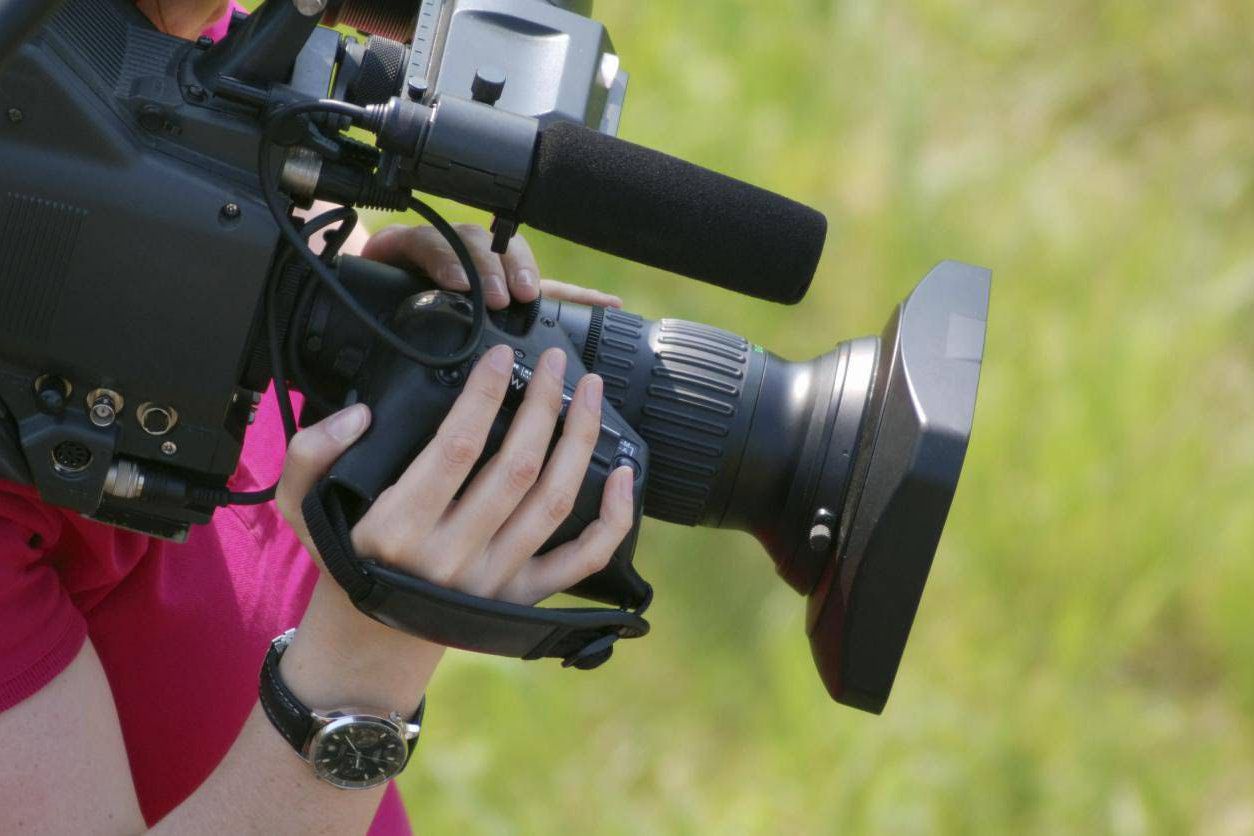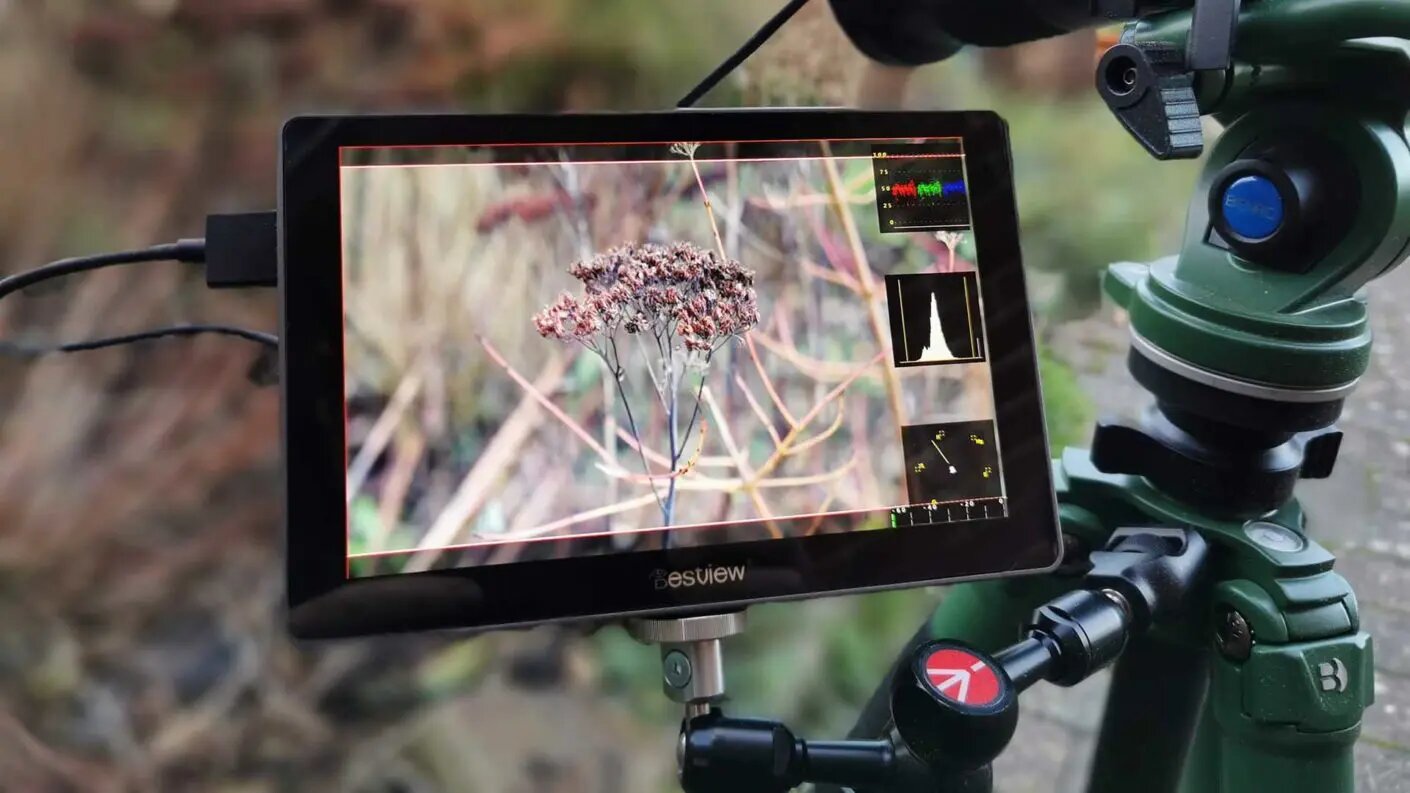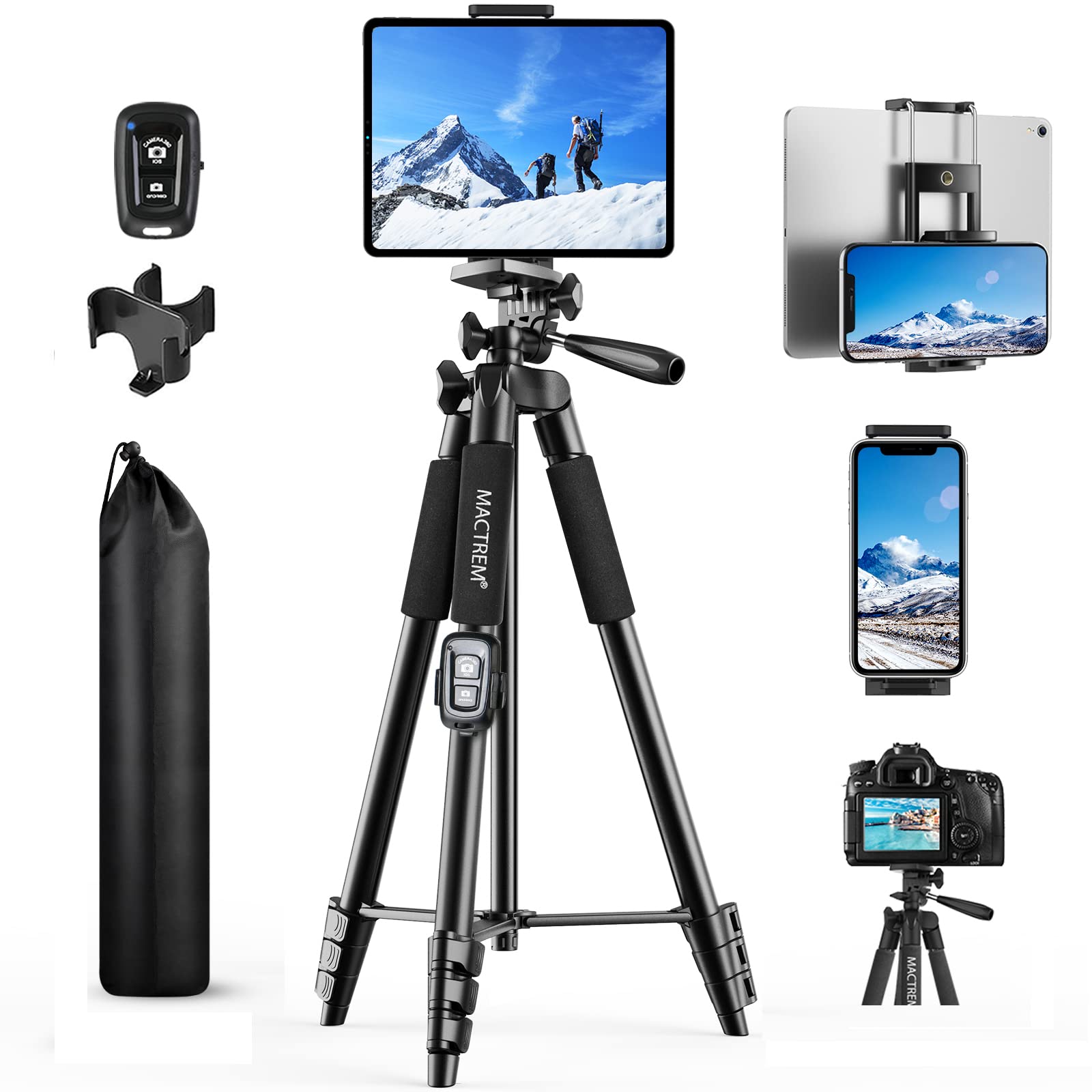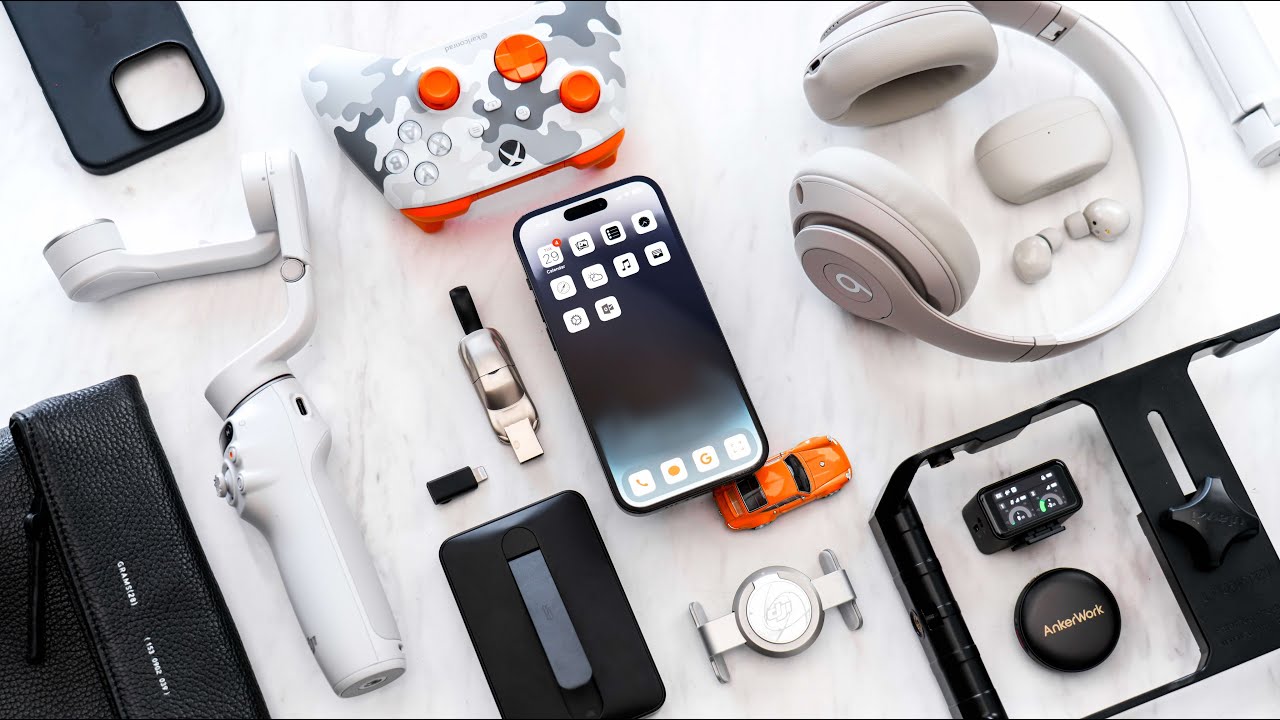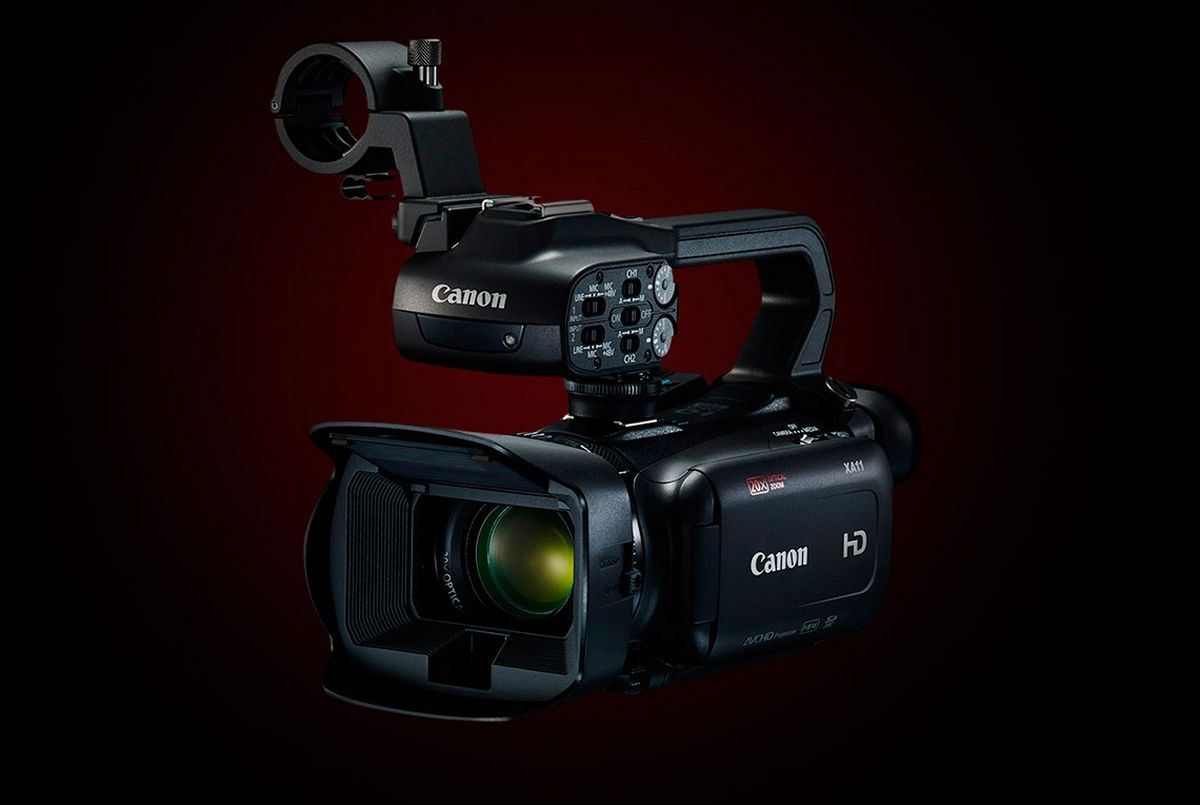Introduction
What Is a Hot Shoe on a Camcorder?
If you’ve ever used a camcorder or seen someone using one, you may have noticed a small metal bracket located on top of the device. This unassuming feature is known as a hot shoe, and despite its name, it has nothing to do with temperature. Instead, a hot shoe serves as a valuable interface for attaching various accessories to your camcorder, expanding its functionality and creative potential.
Understanding the purpose and capabilities of a hot shoe can significantly enhance your videography experience, allowing you to take full advantage of your camcorder’s capabilities. In this article, we’ll delve into the intricacies of hot shoes on camcorders, exploring their functions, compatible accessories, and practical tips for maximizing their utility. Whether you’re a seasoned videographer or a novice enthusiast, mastering the art of utilizing a hot shoe can elevate the quality of your video productions.
What is a Hot Shoe?
A hot shoe, also known as an accessory shoe, is a mounting point typically found on the top of a camcorder that allows various accessories to be attached. It is a standardized feature across many camcorder models and is designed to provide a secure and convenient way to expand the functionality of the device. The name “hot shoe” is derived from its ability to directly connect with electronic accessories, enabling them to draw power from the camcorder, if necessary.
Physically, a hot shoe consists of a metal bracket with an electrical contact, which facilitates communication between the camcorder and the attached accessory. This contact point is crucial for transmitting signals, such as audio, video, or power, depending on the type of accessory being used. Additionally, the hot shoe is often equipped with a locking mechanism to ensure that the attached accessory remains firmly in place during use, preventing accidental detachment or movement.
Traditionally, hot shoes were primarily associated with still cameras for mounting external flashes, but their application has extended to camcorders for accommodating a wide range of accessories. This versatility makes hot shoes indispensable for videographers who seek to customize their equipment to suit specific shooting scenarios and creative preferences.
Purpose of a Hot Shoe
The primary purpose of a hot shoe on a camcorder is to provide a secure and standardized mounting point for attaching accessories that can enhance the functionality and versatility of the device. By incorporating a hot shoe into the design of a camcorder, manufacturers empower users to expand their creative capabilities without the need for complex installations or additional mounting hardware.
One of the key functions of a hot shoe is to facilitate the attachment of external microphones. High-quality audio is essential for professional video production, and built-in camcorder microphones may not always deliver the desired results, especially in noisy or distant recording environments. With a hot shoe, videographers can easily mount shotgun microphones, wireless microphone receivers, or audio mixers directly onto the camcorder, ensuring optimal sound capture without the hassle of separate stands or cables.
Another common use of the hot shoe is for attaching external lighting accessories. In low-light conditions or when seeking to achieve specific lighting effects, camcorder-mounted LED lights or on-camera flashes can significantly improve the visual quality of recordings. The hot shoe provides a stable platform for securing these lighting devices, allowing videographers to adapt to different lighting conditions and create compelling visual narratives.
Additionally, the hot shoe serves as a mounting point for electronic viewfinders, external monitors, and other visual aids that aid in framing and monitoring shots. These accessories can be pivotal for achieving precise compositions and ensuring accurate focus, especially in situations where the built-in display may be inadequate due to bright sunlight or restricted viewing angles.
Furthermore, the hot shoe enables the attachment of wireless video transmission systems, allowing live video feeds to be transmitted from the camcorder to external recording or monitoring devices. This capability is invaluable for applications such as live event coverage, remote monitoring, and collaborative filmmaking, where real-time video transmission is essential.
Overall, the hot shoe serves as a gateway to a myriad of creative and practical enhancements for camcorders, empowering videographers to adapt to diverse shooting conditions and elevate the quality of their video productions.
Types of Accessories that can be Mounted on a Hot Shoe
The versatility of a hot shoe on a camcorder extends to its compatibility with a wide array of accessories, each serving a distinct purpose in enhancing the functionality and creative potential of the device. Understanding the diverse range of accessories that can be mounted on a hot shoe is essential for videographers seeking to optimize their equipment for various shooting scenarios. Here are some common types of accessories that can be seamlessly attached to a camcorder’s hot shoe:
- External Microphones: One of the most prevalent uses of a hot shoe is for mounting external microphones. Shotgun microphones, wireless microphone receivers, and audio mixers can be securely attached to the hot shoe, enabling videographers to capture high-quality audio with improved clarity and directional sensitivity.
- On-Camera Lighting: Camcorder-mounted LED lights and on-camera flashes can be affixed to the hot shoe, providing versatile lighting solutions for low-light environments or creative lighting effects. These lighting accessories enhance the visual quality of recordings and offer flexibility in adjusting the illumination of the scene.
- Electronic Viewfinders and Monitors: External visual aids, such as electronic viewfinders and monitors, can be mounted on the hot shoe to facilitate precise framing and monitoring of shots. These accessories are invaluable for achieving accurate compositions and ensuring optimal focus, especially in challenging viewing conditions.
- Wireless Video Transmission Systems: For applications requiring live video transmission, wireless video transmission systems can be attached to the hot shoe, enabling real-time video feeds to be transmitted from the camcorder to external recording or monitoring devices. This capability is particularly useful for live event coverage, remote monitoring, and collaborative filmmaking.
- External Microphone Adapters: Some camcorders may require external microphone adapters to accommodate professional XLR microphones. These adapters can be mounted on the hot shoe, providing a convenient and secure connection point for professional audio equipment.
It’s important to note that the hot shoe’s compatibility with accessories may vary depending on the specific model of the camcorder and the design of the accessories. However, the standardized nature of hot shoes ensures a broad range of compatibility, allowing videographers to tailor their equipment to meet their unique audio, visual, and connectivity requirements.
How to Use a Hot Shoe on a Camcorder
Utilizing the hot shoe on a camcorder to its full potential involves a straightforward process that allows videographers to seamlessly integrate various accessories into their workflow. Whether you’re a novice user or an experienced professional, understanding how to effectively use a hot shoe can significantly enhance the versatility and quality of your video productions. Here’s a step-by-step guide on how to make the most of the hot shoe on your camcorder:
- Identify Compatible Accessories: Before attaching any accessories to the hot shoe, ensure that they are compatible with your specific camcorder model. Consider the weight, dimensions, and electrical requirements of the accessories to determine their suitability for mounting on the hot shoe.
- Align the Accessory: Position the accessory in line with the hot shoe on the camcorder, ensuring that the electrical contacts on the accessory align with the corresponding contacts on the hot shoe. This alignment is crucial for establishing a secure and functional connection between the camcorder and the accessory.
- Secure the Attachment: Once the accessory is aligned with the hot shoe, gently slide it into place, taking care to engage any locking mechanisms present on the hot shoe. The accessory should fit snugly and remain firmly attached to the camcorder, preventing any unintended movement or detachment during operation.
- Test the Connectivity: After attaching the accessory, verify that it is properly connected to the camcorder and that any required electrical signals, such as audio or power, are successfully transmitted. Test the functionality of the accessory to ensure that it integrates seamlessly with the camcorder’s operation.
- Adjust and Fine-Tune: Depending on the type of accessory attached, you may need to make adjustments to its settings or positioning to achieve the desired audio, visual, or connectivity outcomes. Take the time to fine-tune the accessory’s parameters and verify its performance before commencing recording or shooting.
By following these simple steps, videographers can harness the capabilities of the hot shoe to incorporate a diverse range of accessories into their video production workflow. Whether it’s enhancing audio quality, optimizing lighting, or facilitating wireless connectivity, the hot shoe serves as a versatile platform for expanding the creative and technical horizons of camcorder users.
Tips for Using a Hot Shoe
Maximizing the potential of a hot shoe on a camcorder involves not only understanding its functionality but also implementing best practices to ensure seamless integration and optimal performance of attached accessories. To make the most of this versatile feature, consider the following tips for using a hot shoe effectively:
- Balance the Load: When attaching accessories to the hot shoe, be mindful of the overall weight and balance of the camcorder. Distribute the load evenly to prevent strain on the hot shoe and to maintain the stability and comfort of handheld operation.
- Use Cable Management: If the attached accessories require cables for power or signal transmission, employ cable management techniques to prevent tangling and minimize the risk of accidental disconnection during shooting. Secure cables neatly along the camcorder’s body to maintain a tidy and organized setup.
- Consider Compatibility: Before investing in accessories for your camcorder’s hot shoe, ensure that they are compatible with your specific model. Research the manufacturer’s recommendations and user reviews to determine the best-suited accessories for seamless integration and optimal performance.
- Explore Versatile Accessories: Look for accessories that offer multifunctionality and versatility, such as LED lights with adjustable color temperature, microphones with switchable polar patterns, or wireless systems with extended range. These versatile accessories can adapt to a variety of shooting scenarios, providing flexibility and value for videographers.
- Maintain Clean Contacts: Periodically inspect and clean the electrical contacts on both the hot shoe and the attached accessories to ensure reliable connectivity. Dust, dirt, or oxidation on the contacts can impede signal transmission and compromise the performance of the accessories.
- Invest in Quality Mounts: When attaching accessories to the hot shoe, opt for sturdy and reliable mounting solutions to minimize the risk of slippage or instability. Quality mounting brackets and adapters can provide a secure and dependable connection, especially when using heavier or bulkier accessories.
- Practice Safe Handling: Avoid placing excessive force or pressure on the hot shoe and attached accessories, especially during transportation and storage. Handle the camcorder with care to prevent damage to the hot shoe and maintain the integrity of the attached accessories.
- Stay Informed About Regulations: For professional videographers and content creators, staying informed about regulations and guidelines related to wireless transmission systems and audio recording equipment is essential. Adhere to legal requirements and industry standards when utilizing accessories attached to the hot shoe.
By incorporating these tips into your workflow, you can harness the full potential of the hot shoe on your camcorder, expanding your creative options and technical capabilities while ensuring a reliable and efficient setup for your video productions.
Conclusion
The hot shoe on a camcorder represents a gateway to a world of creative possibilities and technical enhancements for videographers. Through its versatile design and standardized functionality, the hot shoe empowers users to seamlessly integrate a diverse range of accessories, from microphones and lighting to wireless transmission systems, into their video production workflow. By understanding the purpose of a hot shoe and the types of accessories it can accommodate, videographers can elevate the quality of their recordings and expand their creative horizons.
Effectively using a hot shoe involves careful consideration of compatibility, balance, and maintenance, as well as the adoption of best practices to ensure reliable connectivity and optimal performance of attached accessories. By following the recommended tips and techniques, videographers can harness the full potential of the hot shoe, creating a streamlined and efficient setup that enhances their video production capabilities.
Whether capturing professional interviews, dynamic event coverage, or cinematic narratives, the hot shoe serves as a valuable platform for customizing and optimizing the camcorder to meet the unique demands of each production. As technology continues to evolve, the hot shoe remains a timeless feature that adapts to the ever-changing landscape of videography, offering a versatile and reliable solution for integrating cutting-edge accessories and achieving outstanding visual and audio results.
Embracing the potential of the hot shoe on a camcorder is not only a practical necessity but also a creative opportunity, allowing videographers to push the boundaries of their storytelling and technical prowess. As the heartbeat of accessory integration, the hot shoe stands as a testament to the ingenuity and adaptability of modern videography, empowering creators to capture compelling visuals and immersive audio with precision and finesse.









